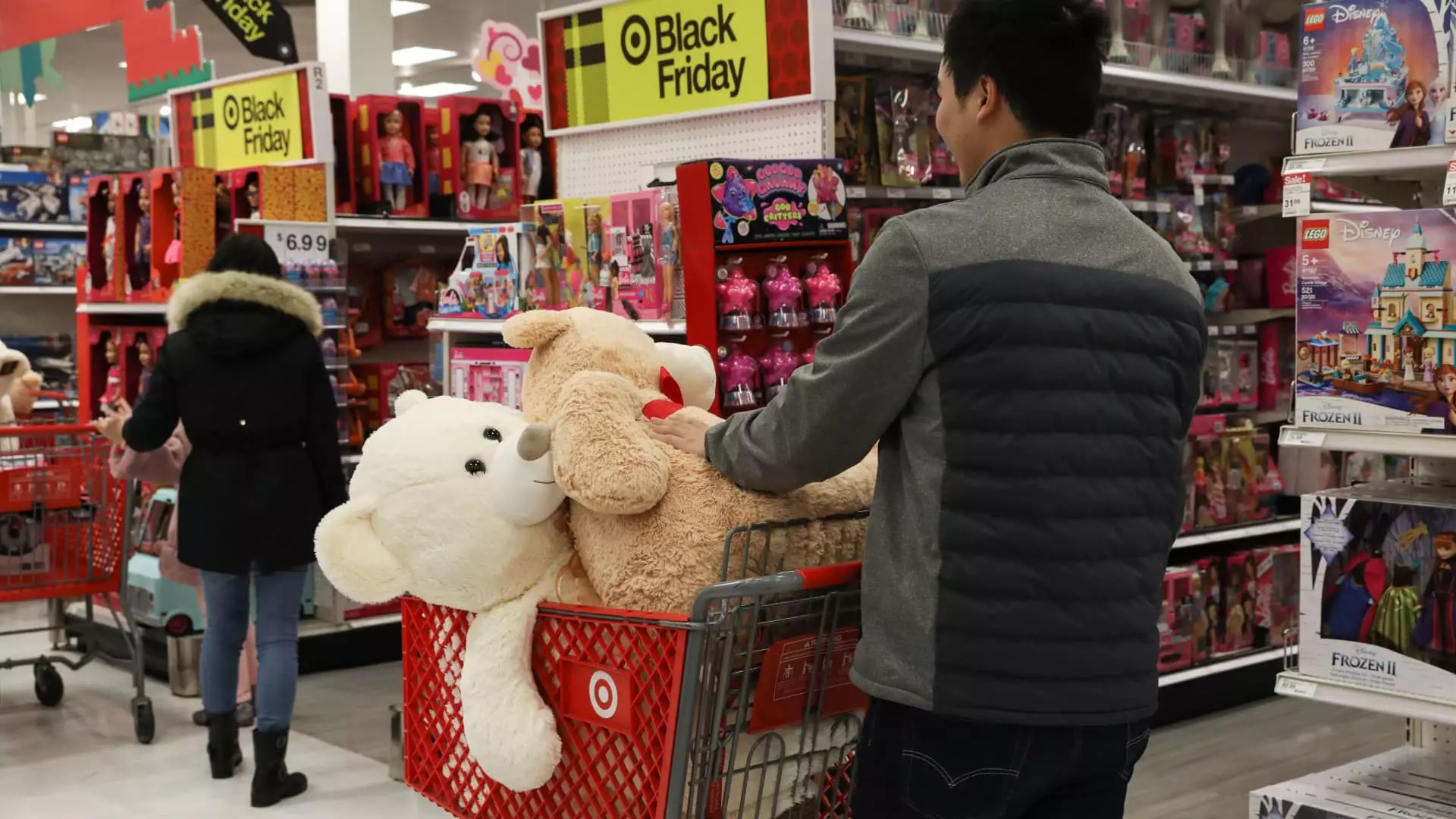The recent escalation in trade tensions brought on by President Donald Trump’s sweeping tariff policies has cast a long shadow over the American toy industry. The imposition of a staggering 10% baseline tariff on virtually all imports, combined with punishing levies on countries like China and Vietnam, is not just an economic maneuver; it threatens to reshape the very landscape of how toys are made, marketed, and sold. The ramifications of these tariffs extend far beyond corporate bottom lines—they will adversely affect consumers, reshape market dynamics, and sit heavily upon the shoulders of those who can least afford it.
The Numbers Speak: A Tariff Tsunami
To grasp the full extent of the impact these tariffs will have, consider that approximately 77% of toys entering the United States originate from China. This heavy dependence on Chinese manufacturing means that any disruption in this supply chain is likely to reverberate throughout the entire industry. With tariffs on goods from China soaring to an alarming total of 54% and Vietnam not far behind at 46%, the math is simple: these costs will not be absorbed; they will be passed onto consumers. Industry experts are already warning of imminent price increases of up to 50%, which could translate to a severe financial blow for families already stretched thin.
The Human Cost: Who Will Pay the Price?
It’s easy to focus solely on corporate profits and price structures, but the real tragedy lies in who will ultimately bear the brunt of these tariffs. It’s often the families with the smallest disposable incomes who will find their budgets most strained during the upcoming holiday season. As toy prices rise, low-income families will be forced to make difficult choices—foregoing cherished gifts or opting for cheaper alternatives that may not meet their children’s needs or expectations. This is not just an economic issue; it is a social justice issue, where the whims of trade policy could determine the joy children experience during special occasions.
Industry Anxiety: A Market in Crisis
The fallout from these tariffs is palpable in the stock market, where shares of key players like Mattel and Hasbro plummeted dramatically. Being cornered by both the need to forecast earnings and the imperative to reconfigure their market strategies, companies find themselves in a precarious position. Projections for 2025 had already accounted for tariffs, showing that these businesses were prepared to undertake a shift in manufacturing bases. Yet, with additional tariffs on crucial markets such as Indonesia and India, those ‘solutions’ may now no longer be feasible. The Toy Association’s President, Greg Ahearn, articulated industry fears clearly—every hesitation in navigating this crisis translates to negative repercussions for both consumers and manufacturers alike.
Investors on Edge: A Ripple Effect
Investors, too, are playing a high-stakes game in these uncertain times. With significant guidance cuts anticipated from industry giants, the volatility in stock prices is expected to continue. Wall Street’s confidence has taken a hit, reflecting broader concerns about the sustainability of brands that rely heavily on imported products. Reports suggest that investor sentiment is teetering on the edge, gravely illustrating that the ramifications of trade policy reach beyond just consumer costs—they touch upon the trust and financial viability of the companies dependent on these international supply lines.
Retaliation on the Horizon: A Trade War Escalation
Adding fuel to this already blazing fire, the prospect of retaliation from China only compounds the challenge. The announcement of a 34% levy on U.S. products signals that a tit-for-tat approach could engulf the entire industry. History has taught us that trade wars are rarely won without collateral damage—yet policymakers seem unwilling to heed this lesson. The reliance on dialogue with a nation like Vietnam, which may be more amenable to negotiations, will require a skilled diplomatic approach amid intense domestic pressures.
What’s Next? The Future of the Toy Industry
The toy industry, a space that thrives on innovation and excitement in children’s lives, now faces a future clouded with uncertainty. The looming price hikes could snowball into a market unable to provide what children truly want or need. Companies will need to creatively rethink their strategies while also safeguarding the interests of consumers who feel the cuts where they hurt the most—in their wallets. As we stand at this crossroad, it becomes crucial not just to consider economic metrics but to evaluate the broader social consequences of the policies on which we are basing our future. The toy industry, once a symbol of joy, now stands to become a harbinger of hardship if the current trajectory continues unchecked.

